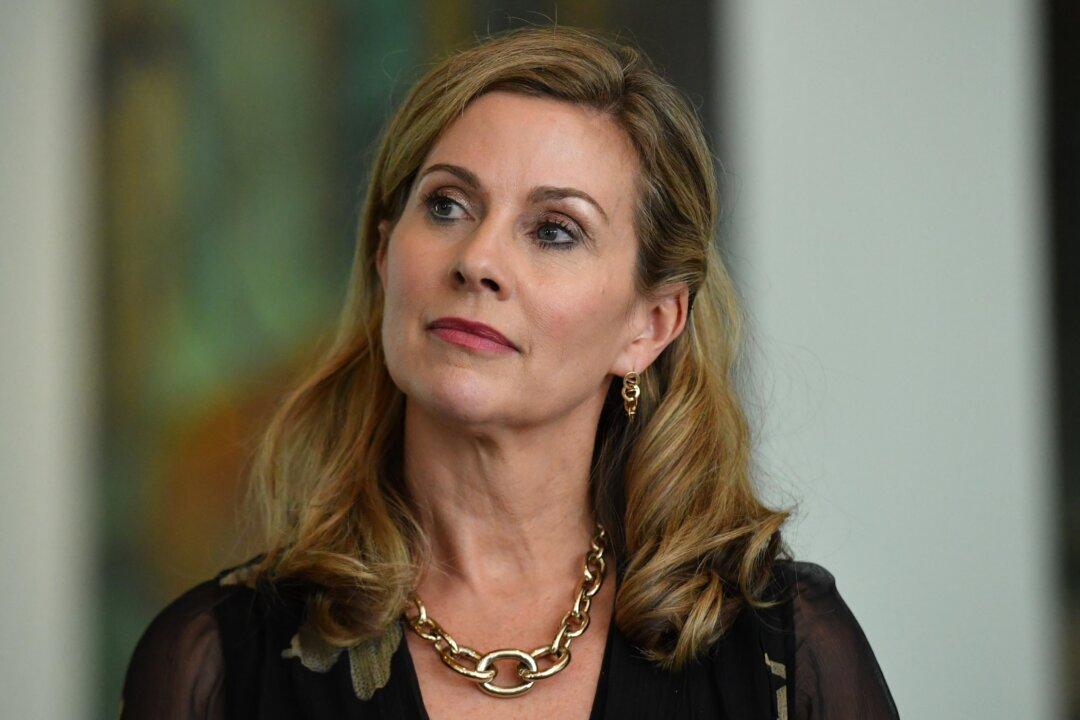The Australian Energy Regulator (AER) revealed that the new default market offer (DMO), a price cap that protects consumers from unjustified high prices, will be up to $227 (US$160) more than last year for households in New South Wales, $165 in southeast Queensland, and $124 in South Australia.
This represents an increase of 14.1 percent, 11.3 percent, and 7.2 percent, respectively.
Small businesses will face a higher increase of up to $1,146 more in NSW, $705 in Queensland, and $459 in South Australia.
AER Chair Clare Savage said this year’s default market offer decision had been “particularly difficult” as it aimed to balance the additional cost pressures on consumers and ensure retailers could cover rising wholesale costs, which have jumped up to 140 percent.
“In setting these new DMO prices, we understand the significant impact they will have on some consumers who may already be struggling with cost-of-living pressures,” she said.
“We have given scrutiny to all factors affecting the DMO calculation and have set safety-net prices that reflect the current conditions and underlying costs to retailers.”
The regulator revealed the decision had been made after wholesale costs for retailers had risen 41 percent in NSW, almost 50 percent in Queensland, and 11.8 percent in South Australia.
Savage said setting the price cap was about supporting retailers to recover their costs and earn a reasonable margin to compete in the market.
“If a large number of retailers are unable to recover their costs and are forced to exit the market—as we have seen recently in the United Kingdom—that will add more cost to consumers,” she said.
The hikes to wholesale energy prices were driven by reductions in thermal generation resulting from unplanned outages and higher coal prices, slowing investment in new capacity, and increasingly “peaky” demands.
These market conditions were also compounded by the war in Ukraine and extreme flooding along the east coast.

Iven Mareels, an engineering professor at Melbourne University, previously told The Epoch Times that the supply of energy was being affected by the early closures of increasingly uneconomic coal fire power plants, leading to heavier reliance on intermittent sources as a consequence.
This means supply is weakening while demand is growing and becoming more expensive.
Mareels said while coal and natural gas plants need to go for Australia to reach its sustainability targets, poor planning and regulation were causing a poor transition.
“The market is not responding in a ‘logical’ manner (it makes economic logic, but not necessarily engineering logic) because it was not designed to create a transition in energy infrastructure, it was created to support a ‘status quo’ without much technological innovation. We need to redesign the market,” he said.
The Queensland government has offered a $175 (US$125) rebate that will partially offset households from the jump in bills.
NSW Treasurer Matt Kean also announced an increase to the state’s Energy Accounts Payment Assistance program, from $300 to $400 per assessment.
Australians struggling with power bills have been urged to contact their energy provider as soon as possible to get help and ensure any concessions or rebates that people are eligible for are being claimed.





